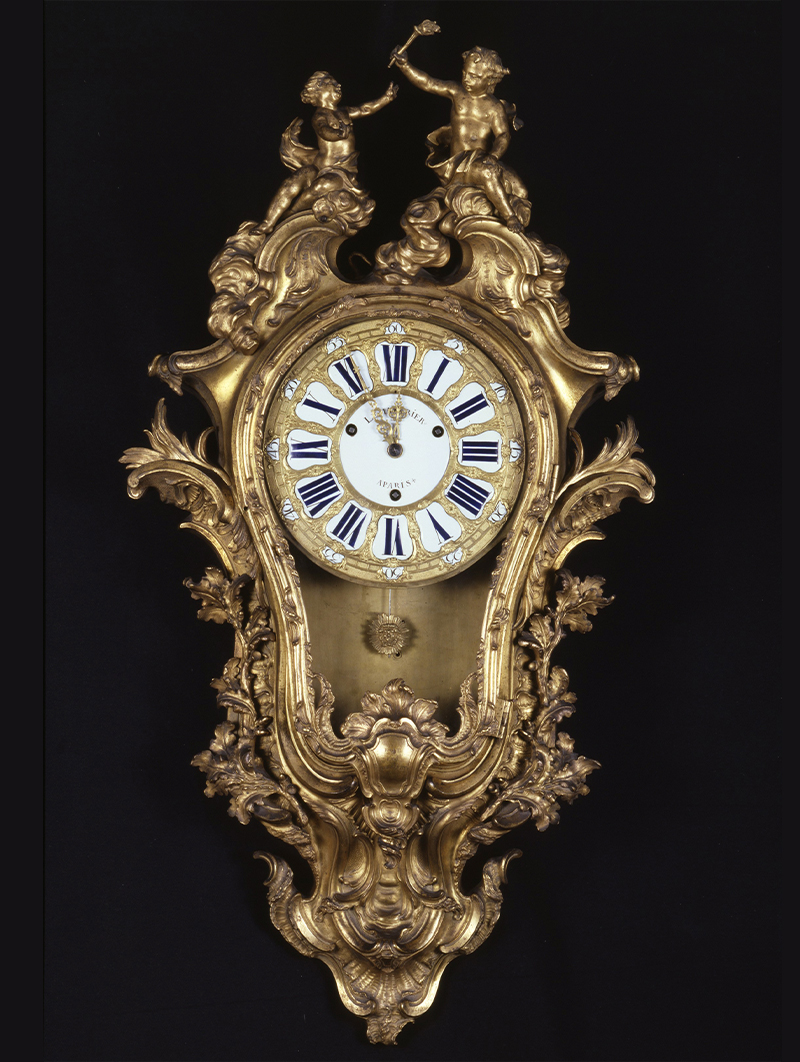Rodolphe Kann
Born in Germany, the collector Rodolphe Kann (1845–1905) settled in Paris, where he forged a prosperous career as a banker, eventually becoming a French citizen. His fortune came largely from diamond and gold mining in South Africa, a line of business he started in the 1880s. At the same time, Rodolphe and Maurice, his brother, began building noteworthy art collections focused on painting, amassing some important masterpieces.
Rodolphe was known for seeking out rare and valuable works, frequently turning to the advice of experts and connoisseurs of the art market. Although his interest lay mainly in 17th-century Dutch painting, the collector also acquired important Italian and Flemish canvases from the Quattrocento, as well as 18th-century English and French paintings.
Among the works in his collection are names such as Ghirlandaio, Rembrandt and Van Dyck. In the early 20th century, the art historian and curator Wilhelm von Bode published a vast illustrated catalogue of Kann’s painting collection, one of the finest private collections in Europe. Kann had his portrait painted by Giovanni Boldini and donated various works to French institutions, such as the Musée du Louvre and the Musée des Arts Décoratifs
After Rodolphe’s death, the art dealer Joseph Duveen made one of his most profitable deals by acquiring his entire collection. Some of these works were bought by Calouste Gulbenkian, including two canvases by Francesco Guardi, two statuettes and a wall clock.


However, the greatest link between Rodolphe Kann and Calouste Gulbenkian was the address 51 Avenue d’Iéna, in Paris. This property, purchased by Gulbenkian in 1922, had belonged to Kann, who had installed a gallery for his most notable paintings, spread over three rooms on the first floor.

And so, for the second time, this hôtel particulier in the heart of Paris, a stone’s throw from the Champs Élysées, bore witness to an art collection of immeasurable value.
Collection of Stories
Where have the artworks been, before being acquired by Calouste Gulbenkian? Who were their authors and their protagonists? What curiosities do they hide? In this series, discover the various stories behind the Museum's collection.

